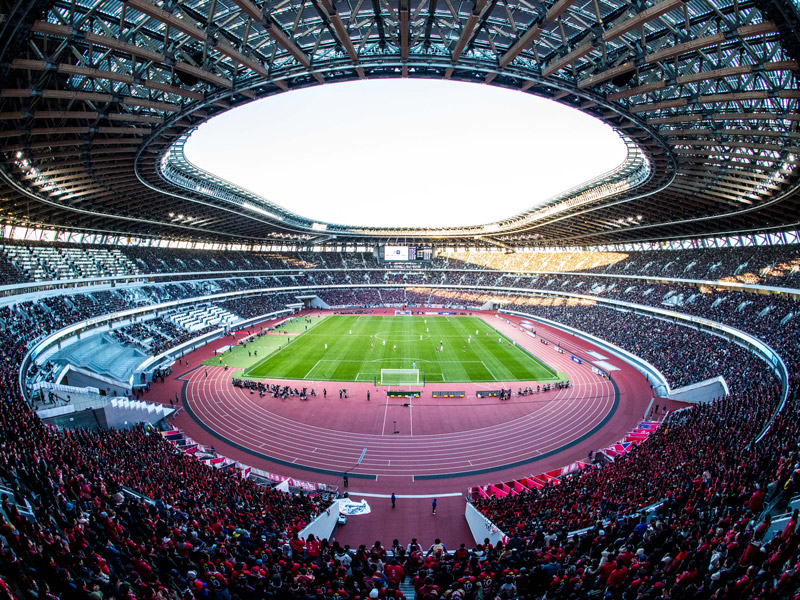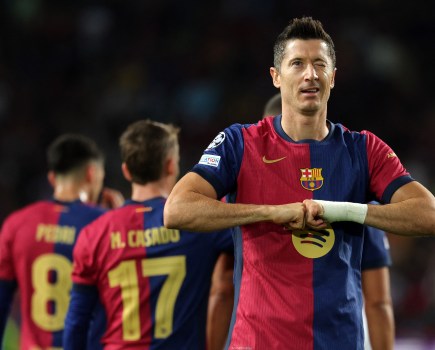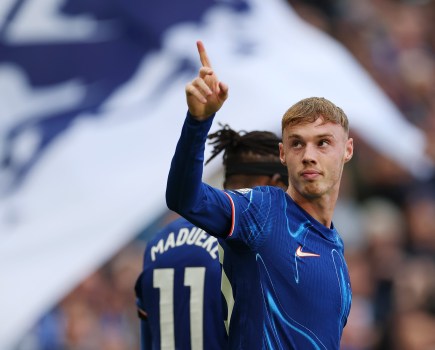Tim Vickery’s Notes From South America: Thoughts On Olympic Qualification
The men’s Olympic football tournament may these days be of limited relevance. But it retains its charm for the South Americans. For some nations, it is their best chance of winning a medal. The only golds in Uruguay’s history came from football – and, for the next few days at least, they can dream of another. In a dramatic Friday night, Uruguay’s youngsters had to sit and watch while other results went their way, sending them in to the decisive second round of the South American Under-23 Championships, where four teams fight for two slots in Tokyo.
It was hard on Paraguay, only a few minutes away from making it through to the last four. The only medal they have ever won was silver in the 2004 football tournament. It was harder still on Bolivia, who have never won any kind of medal, and who were just a few seconds away from staying alive in the competition.
But Olympic qualification is not the only point of the Under-23 tournament, which is taking place for the first time since 2004. There is a more important wider context – that of developing players and ideas for the long term benefit of the senior side. In this light, how can the six sides eliminated from the tournament look back on the last couple of weeks in Colombia?
CHILE
Came out of the tournament with great credit. They were unlucky not to qualify in front of Colombia. They were well trained rather than inspirational – there is still no sign of replacements for that wonderful generation that emerged in 2007 and took Chile to their Copa America wins. But in four games, they only conceded against Argentina. Nico Ramirez and Nico Diaz were a fine right foot/left foot centre back partnership, keeper Omar Carabali did well and some of the midfielders could have a senior international future.
BOLIVIA
Senior coach Cesar Farias took charge and staged a bold experiment. The Venezuelan has usually been cautious, but, after a timid first game defeat, he let his team off the leash. Bolivia believe they have a promising generation, and after a timid opening defeat, Farias allowed them to charge forward. At times they left the defence absurdly open, but only Brazil and Argentina scored more goals. Victor Abrego emerged as a bustling striker, left footed Henry Vaca has a big future as a winger or support striker, and the surging runs of Ronaldo Sanchez will trouble defences.
VENEZUELA
The big hope is that the generation who reached the final of the 2017 World Under-20 Cup will carry them to Qatar in 2022 for a senior World Cup debut. Some of the best of the 2017 team were not available for this tournament, but the good news is the consolidation of little Yefferson Soteldo as a major talent. He has gained confidence and maturity to match his low centre of gravity and dribbling ability. The bad news – the disappointing form of centre back Williams Velazquez, a corner stone of the 2017 side. He looked clumsy and uncomfortable, and made the crucial error against Colombia which wrecked hopes of making the last four.
PARAGUAY
Although they came close to beating Brazil and saving themselves at the last, there was little for Paraguay to celebrate. Senior coach Eduardo Berizzo went to Colombia to follow the action – with good reason. His high pressing dynamic style is not an easy fit with Paraguay, and after a poor Copa America last year he responded by rejuvenating his midfield. Mathias Villasanti, Cristian Parades and Jorge Morel have all been featuring in subsequent friendlies, and there was a hope that they would grab Under-23 games by the scruff of the neck. It never happened. Paraguay had moments, but were not able to control games, which is a worry for the senior side.
[collection name=”small” accordion=”mobile” excerpt=8]
PERU
There was very little for coach Nolberto Solano to smile about. Aside from the development of Fernando Pacheco as a strong running wide attacker, his side were devoid of creativity, and with the exception of a crazy few minutes against Paraguay they offered very little threat to the opposing goal.
ECUADOR
Last year’s continental Under-20 champions, and third in the World Cup at the level, Ecuador came to Colombia aiming high – only to lose all four of their games without scoring a single goal. The older players did not perform, and some of last year’s Under-20 stars were physically outgunned. Ecuador had more possession in all of their games, but their 4-2-3-1 left a poor defensive unit exposed. The only bright spot – central midfielder Jordy Alcivar was sent off in the first game, but recovered to show a fine range of passing. He was Ecuador’s lone 2019 player who looked better in 2020 – and if the tournament helps him develop towards the senior side it will not have been a complete disaster.
Don’t forget to follow World Soccer on Facebook and Twitter.







